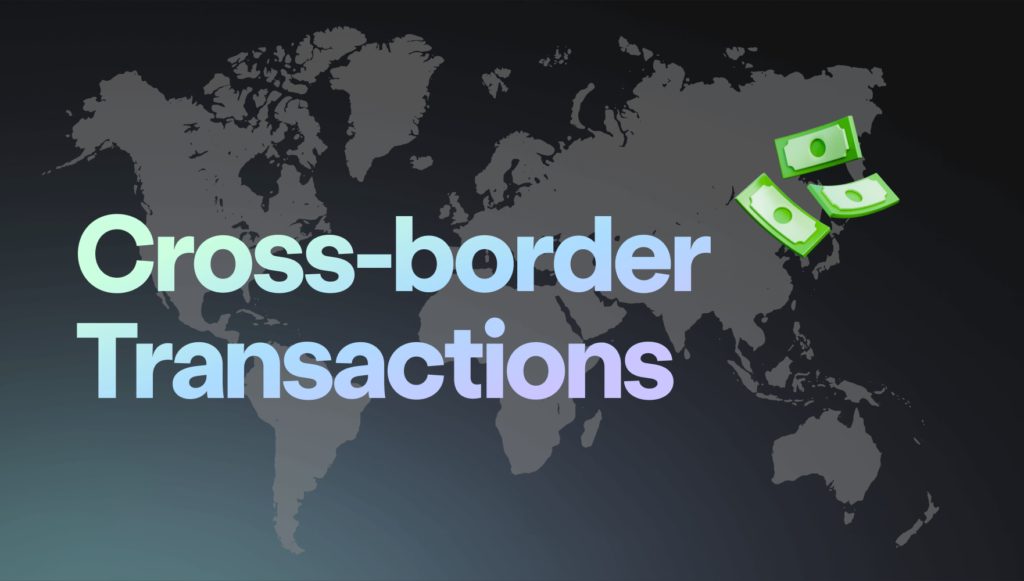The 2025 budget proposals have ignited extensive conversations about their potential effects on the banking and financial services sector. As a vital pillar of the economy, this sector is instrumental in maintaining financial stability, driving economic progress, and encouraging innovation. This article explores the major highlights of the 2025 budget and analyzes how they could shape the future of banking and financial services.
1. Increased Focus on Digital Transformation

One of the central themes of the 2025 budget is the emphasis on digitalization across industries, including banking and financial services. The government has proposed substantial investments in digital infrastructure, aiming to enhance connectivity and support the adoption of advanced technologies like artificial intelligence (AI) and blockchain.
For banks, this means an accelerated push toward digital banking solutions. Increased funding for fintech initiatives and digital payment platforms will likely spur competition, prompting traditional banks to innovate and adopt cutting-edge technologies. Enhanced cybersecurity measures, also highlighted in the budget, aim to mitigate risks associated with increased digital transactions.
2. Revised Taxation Policies

The budget introduces changes in taxation policies that directly impact financial institutions. A revised corporate tax structure for banks, coupled with incentives for green financing and investments in sustainable projects, is expected to shape the sector’s strategies.
Additionally, the proposed reduction in Goods and Services Tax (GST) on financial services could lower costs for consumers, potentially increasing the demand for banking products. However, the introduction of a digital transaction tax on high-volume e-commerce and fintech platforms may pose challenges for smaller players, potentially leading to consolidation in the industry.
3. Strengthening Small and Medium Enterprises (SMEs)

Recognizing the critical role SMEs play in driving economic growth, the 2025 budget introduces comprehensive support measures aimed at bolstering this sector. Key provisions include enhanced access to credit, lower interest rates on SME loans, and government-backed guarantees for high-risk borrowers, providing a safety net for lenders.
These initiatives are expected to stimulate loan disbursements for both banks and non-banking financial companies (NBFCs). However, financial institutions must navigate the risks of lending to high-risk sectors. Utilizing advanced credit evaluation tools and establishing strong risk management practices will be crucial in minimizing defaults and ensuring portfolio stability.
4. Promoting Sustainability Through Green Financing

Sustainability takes center stage in the 2025 budget, with significant provisions aimed at advancing green financing. Banks and financial institutions are encouraged to invest in renewable energy, sustainable infrastructure, and eco-friendly businesses. Tax breaks and subsidies for green loans are expected to drive demand for these types of financial products.
This shift toward green financing is in line with global trends, offering banks an opportunity to diversify their portfolios while contributing to environmental sustainability. However, institutions will need to build expertise in evaluating the long-term feasibility of green projects and stay compliant with evolving environmental standards.
5. Simplifying Regulatory Processes

To foster transparency and operational efficiency in the financial sector, the budget introduces a series of regulatory reforms. These include simplified compliance procedures, streamlined reporting requirements, and the establishment of a centralized digital registry for financial transactions, all aimed at reducing operational burdens for financial institutions.
Moreover, proposed amendments to the Insolvency and Bankruptcy Code (IBC) are designed to expedite the resolution of stressed assets. These reforms are particularly beneficial for banks, as they could lead to improved recovery rates and a reduction in non-performing assets (NPAs), strengthening the overall health of the financial sector.
6. Advancing Fintech and Innovation

The 2025 budget underscores the government’s commitment to fostering innovation, particularly in the fintech sector. By offering grants, tax breaks, and funding for research and development, it aims to accelerate advancements in digital wallets, peer-to-peer lending platforms, and robo-advisory services.
This shift could intensify competition for traditional banks as nimble fintech companies continue to disrupt the market. To remain relevant, banks will need to embrace digital transformation, form strategic partnerships with fintech firms, and prioritize customer-centric innovations, such as personalized services and seamless digital interfaces.
7. Enhancing Global Transactions and Cross-Border Trade

Recognizing the increasing importance of international trade and cross-border transactions, the budget proposes measures to simplify foreign exchange regulations and encourage global investments. These reforms are expected to strengthen cross-border banking and financial services.
For institutions with a global footprint, these changes present opportunities to expand their reach and attract foreign investors. However, they must also address challenges such as navigating international compliance requirements and managing currency-related risks.
8. Navigating Challenges and Mitigating Risks

While the 2025 budget introduces significant opportunities, it also brings forth challenges for the banking and financial services sector. Key risks include:
- Delays in Execution: Timely and efficient implementation of the proposed measures is crucial to realizing their benefits. Delays could limit their impact.
- Heightened Competition: The focus on digital transformation and fintech innovation may increase competition, compelling traditional banks to innovate at a faster pace.
- Regulatory Volatility: Frequent regulatory updates could complicate compliance processes and drive up operational costs.
- Economic Instability: External factors, such as inflation and geopolitical tensions, may dampen the sector’s growth potential despite favorable domestic policies.


